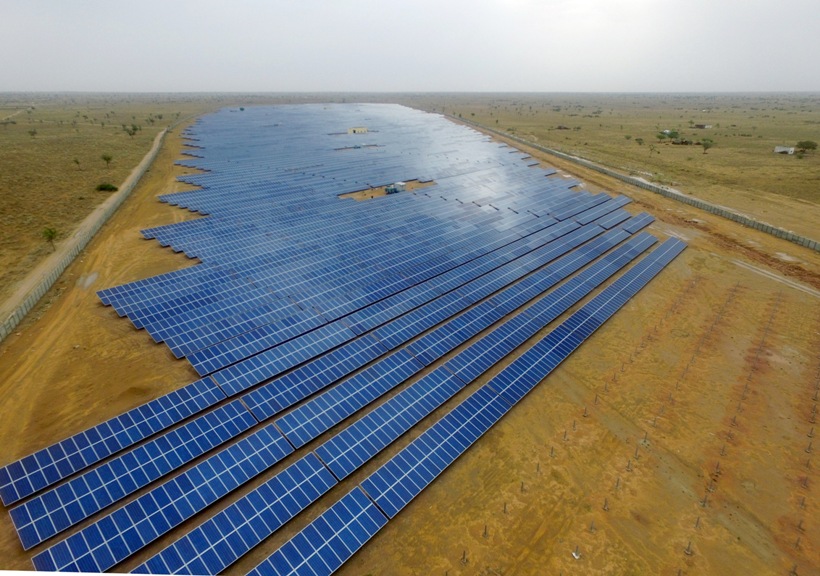The world is set to build fewer wind turbines, solar plants and other installations that produce renewable electricity this year because of the impact of the Covid-19 crisis, marking the first annual decline in new additions in 20 years, according to the International Energy Agency (IEA)
However, their growth is expected to resume next year as most of the delayed projects come online and assuming a continuation of supportive government policies.
Renewable power sources have so far showed impressive resilience despite the disruptions and changes caused by the coronavirus pandemic, with their share of the electricity mix increasing in many markets. But the world is set to add 167 GW of renewable power capacity this year, 13 per cent less than in 2019, according to the IEA’s Renewable Market Update report, which was released today.
Next year, renewable power additions are forecast to rebound to the level reached in 2019, with significant support coming from the partial commissioning of two mega hydropower projects in China.
The decline reflects possible delays in construction activity due to supply chain disruptions, lockdown measures and social distancing guidelines, as well as emerging financing challenges. But despite the slowdown in new additions, overall global renewable power capacity still grows by 6 per cent in 2020, surpassing the total power capacity of North America and Europe combined.
Next year, renewable power additions are forecast to rebound to the level reached in 2019, with significant support coming from the partial commissioning of two mega hydropower projects in China. But despite the rebound, growth for 2020 and 2021 combined is expected to be 10 per cent lower than the IEA had previously forecast before the coronavirus outbreak. Almost all mature markets are affected by downward revisions, except the United States where investors are rushing to finish projects before tax credits expire. After exceptional growth last year, Europe’s new additions are set to fall by one-third in 2020, their largest annual decline since 1996. A partial recovery is expected next year, IEA said.
Large-scale solar PV projects are expected to rebound in 2021, but overall installations in 2020 are unlikely to surpass 2019 levels.
Solar PV accounts for more than half of the forecast expansion in renewable power in 2020 and 2021, but its additions decline from 110 GW in 2019 to over 90 GW in 2020. Large-scale solar PV projects are expected to rebound in 2021, but overall installations are unlikely to surpass 2019 levels. This is because of a significantly slower recovery of distributed solar PV as households and small businesses review investment plans.
Commissioning delays caused by the Covid-19 crisis have slowed the pace of onshore wind installations this year, but they should be mostly compensated for in 2021, as the majority of projects in the pipeline are already financed and under construction. However, uncertainty remains over projects that had planned to secure their financing this year and become operational next year. The impact of the crisis on offshore wind deployment is set to remain limited in 2020 and 2021, since offshore projects have longer construction periods than onshore ones, noted IEA in its press release.
(Featured photograph is for illustration only)

